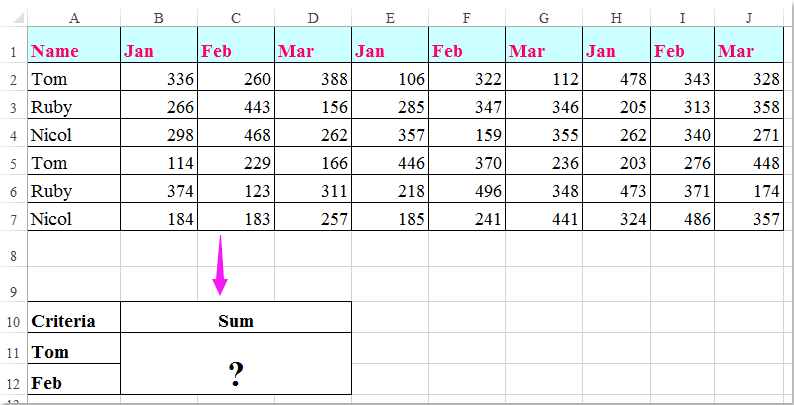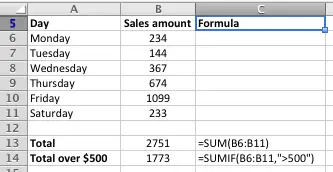

Please note creation of R1:S2 “helper” data range to for setting up DSUM function. Feel free to download companion workbook for this post, and find solutions below. Using SUMIFs function for the single search condition might be an overkill, let’s change our criteria to only include discounted Udemy courses. PivotTable functionality is another Excel tool we can incorporate into calculalating results required, however they deserve a separate post or a series of articles. Method 8 (BONUS!) – Using PivotTables approach. However, you can choose to use other examples provided, when you need to overcome these functions’ limitations: passing array parameters, or using calculations or expressions as search conditions… If these functions offer the solution that you need, you should use them. In addition, using these functions, you can include wildcards in your search criteria. =SUM(IF($C$6:$C$22=”Udemy”,$G$6:$G$22,0))Ĭonsiderations:Using SUMIF, SUMIFS functions would yield much faster speed performance than any other functions used. In our example, our criteria range is Web Platform: $C6:$C$22, our condition is the web platform used: “Udemy”, and the range that we would like to be calculated, if match is found is Net Sales: $G$6:$G$22. This function would allow us to calculate the sum of range specified based on our condition applied to the criteria range. Otherwise, this could be a route that we can take. This method has its limitations, as we are required to actually filter our data and cannot perform this calculation on the fly. We covered using SUBTOTAL function in our last post. Method 1 – Use the SUBTOTAL function while filtering your rows Let’s use different Excel functions to perform calculation required. Looking at Thanksgiving week sales performance, let’s calculate our total Net Sales for all of Udemy transactions (highlighted). As a result, we are selling the same content at different prices. Udemy charges us 50% fee on all course sales, and also offers promotional rates to increase our volume. As an example, let’s solve the following scenario: We are offering online Excel courses both: on our internal website, as well as on Udemy’s platform.

This is especially evident in the case of using Excel functions, where we can simply choose the one that offers the best solution, or more realistically, the one that we are more comfortable using. 7 Ways to conditionally calculate sum of values in Excel.Įxcel offers different ways to accomplish the same task.


 0 kommentar(er)
0 kommentar(er)
